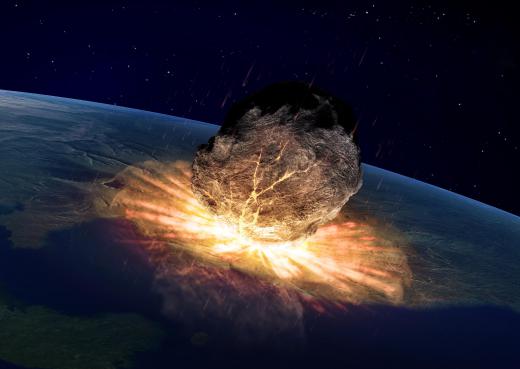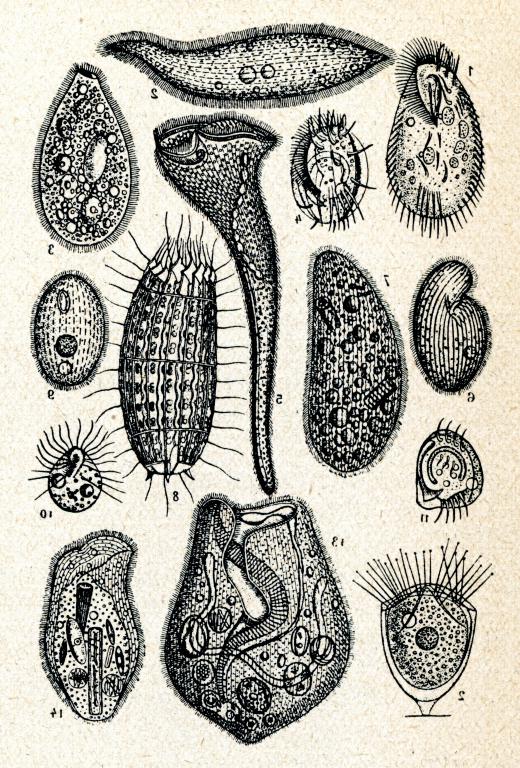What is Dickinsonia?
 Michael Anissimov
Michael Anissimov
Dickinsonia is an iconic organism of the Ediacaran fauna, which are among the first known representatives of multicellular life on the planet. Dickinsonia appears as a ribbed oval with glide symmetry. It was stationary for most of its life, though it may have moved from resting place to resting place on occasion. Like other Ediacaran organisms, there is much debate as to the affinity of Dickinsonia, although most workers believe it is a bilateral animal, possibly an ancestor of the chordates. Its kingdom-level classification is officially incertae sedis (unknown classification), however.
Dickinsonia lived approximately 560 - 541 million years ago, during the Late Ediacaran. It was contemporaneous with other odd Ediacaran organisms, which resemble mud-filled bags, stalks, and mattresses. These aren't animals as we know them. Dickinsonia is sometimes put in the phylum Proarticulata, which would be the only animal phylum to go completely extinct if it did really exist. Other animals sometimes put in this phylum are Yorgia, Vendia, Archaeaspinus, Andiva and Ovatoscutum. These animals were not truly bilateral, but possessed a "gliding reflection" bilateral symmetry, where one side was partially misaligned with the other.

Dickinsonia left behind unskeletonized imprints which have been found in the famous Flinders Ranges of South Australia, as well as Rajastan in India, Podolia in Ukraine, and the White Sea region of Russia. The fossils range wildly in size from 4 mm (tiny) to 1.4 m (man-sized). This extreme variation has prompted some paleontologists to consider Dickinsonia a fungus or protist rather than an animal, but there are other examples in the animal world of this variation. Dickinsonia evidently kept growing on all scales until it was covered in sediment or otherwise killed.

Dickinsonia vanished along with the rest of the Ediacaran fauna at the dawn of the Cambrian. The reason for this extinction is unknown, but hypotheses include the usual suspects (volcanism, asteroid impact, etc.) but also a few new ones, including the advent of predators or being outcompeted by the more effective Cambrian organisms. Without more fossil and paleoclimactic evidence, we may never know.
AS FEATURED ON:
AS FEATURED ON:












Discuss this Article
Post your comments